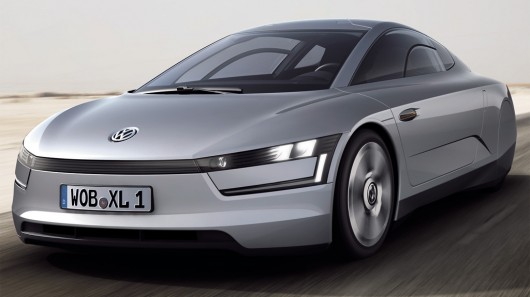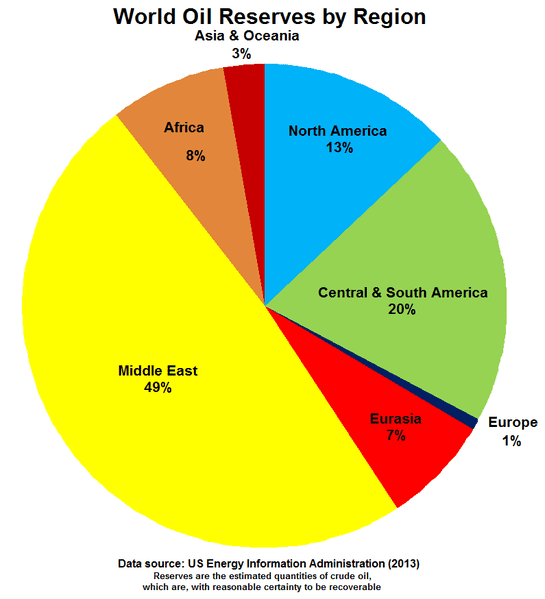At the dawn of the millennium, Prof. Dr. Ferdinand Piëch, who is today Chairman of the Supervisory Board of Volkswagen AG, set his sights on creating a practical everyday use production car with a fuel consumption of 1.0 liter per 100 km (235 mpg).
In 2002 a prototype VW 1-Litre was unveiled, which was followed in 2009 by the second-generation model, dubbed the L1, which boasted a combined diesel fuel consumption figure of 1.38-liter/100 km (170 mpg). As impressive as that figure is, the company has now managed to squeeze a combined fuel consumption of just 0.9-liter/100 km (261 mpg) with its third-generation VW 1-Litre prototype – the XL1.
With a combined fuel consumption of just 0.9-liter/100 km and CO2 emissions of 24 g/km, VW is calling the XL1 is the most efficient car in the world. This is achieved through a combination of lightweight construction using monocoque and add-on parts made of carbon fiber, very low aerodynamic drag (Cd 0.186) and a plug-in hybrid system consisting of a two cylinder TDI engine (35 kW/48 PS), E-motor (20 kW/27 PS), 7-speed dual clutch transmission (DSG) and lithium ion battery.
Keeping the weight off
With a weight of just 1,753 lb (795 kg), the car also takes advantage of progresses made in Formula 1 car construction in the manufacture of body parts from carbon fiber reinforced polymer (CFRP) parts. Together with suppliers, VW has developed an patented a new system for CFRP production known as the advanced Resin Transfer Moulding (aRTM) process that has allowed the company to achieve significant reductions in production costs, which it says is an important step towards making a limited production run of the XL1 viable.
Hybrid system
With the hybrid system engaged the prototype XL1 accelerates from 0-62 mph (0-100 km/h) in 11.9 seconds and has an electronically limited top speed of 100 mph (160 km/h). The electric motor can deliver 100 Nm of torque from a standstill and works as a booster to support the TDI engine, which itself delivers 120 Nm of torque. Together, the TDI and E-motor deliver a maximum torque of 140 Nm in boosting mode.
The entire hybrid unit is housed above the vehicle’s driven rear axel, with the actual hybrid module with electric motor and clutch positioned between the TDI and the 7-speed DSG. Instead of the usual flywheel, the hybrid module is integrated in the DSG transmission case. The vehicle’s lithium-ion battery can also be recharged from a conventional household outlet.










